Country of pampas and barbecue, the typical dishes of Urugay consist for the most part of meat, just like in Argentina. Vegetarian, abstain! On the menu, therefore, recipes from Uruguay : assortment of beef, rib dish, kidney, black pudding, tripe, sweetbreads; or roast chicken and pork sausage. In Uruguay there are also many soups… meat-based of course!
Uruguayan cuisine is simple. The staple is the meat with a mixed salad, cooked simply but very tasty.
The cattle are still grass-fed, so if you don’t usually eat red meat, you may feel good about doing so here. You will find that fruits and vegetables are full of flavor.
So what should you make sure to order while you’re in Uruguay?
1. Asado (Barbecued Beef)
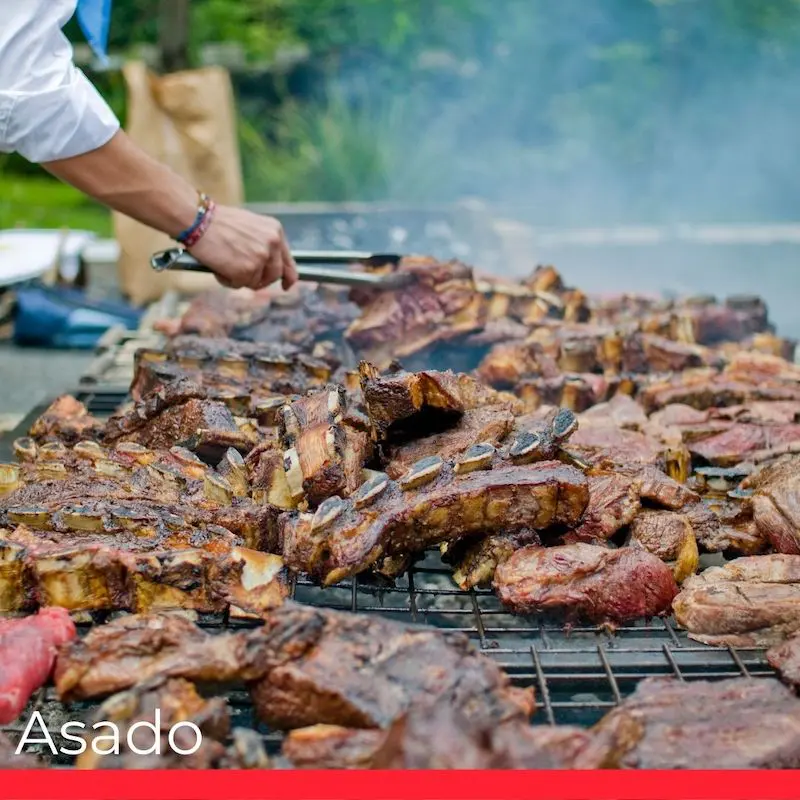
One thing is certain: Uruguay is a country where there are more cows than people. It’s true! Literally. There are nearly 4 cows per person in this small country. So, it is no surprise that the absolute top dish in Uruguay is meat. The “asado”, which is nothing more than barbecued meat, is number one on our Top 25 List.
Now, you might say anyone can barbecue a good steak. Then you try the Uruguayan asado. We are talking about export quality, high-grade meat, which is slow-cooked on eucalyptus wood embers, to produce tasty and tender cuts that melt in your mouth. You will find a good asado nearby in any city.
Uruguayans have this dish for most celebrations and informal get-togethers; and most houses and apartments have a built-in barbecue, proving this is Uruguay’s most popular and typical dish.
2. Gnocchi

Italian cuisine probably has the greatest influence on Uruguayan cooking. Home-made gnocchi is the second most typical and popular food in the country. In fact, one of Uruguay’s most popular traditions is based on eating gnocchi on the 29thof every month.
According to Italian legend, Saint Pantaleon once asked a group of Venetian farmers for a piece of bread, and they invited him to join them for dinner: they were having gnocchi. As thanks, he announced that they would have a year rich in fishing and farming, which they did.
Another version says that rich people in Uruguay would invite those who had less to lunch on the 29th of each month, and would quietly pass along a couple of coins under a plate of gnocchi to help them make ends meet.
Although considered pasta, gnocchi are actually made of potatoes, eggs, cheese, and a bit of flour. Uruguayans typically top them with a sauce called “tuco”, which is mainly tomato and beef, similar to a Bolognese. You can also try gnocchi with four-cheese sauce, pesto, or Pomodoro sauce. If you eat this delicious dish on the 29th, check under your plate for coins!
3. Homemade Filled Pasta
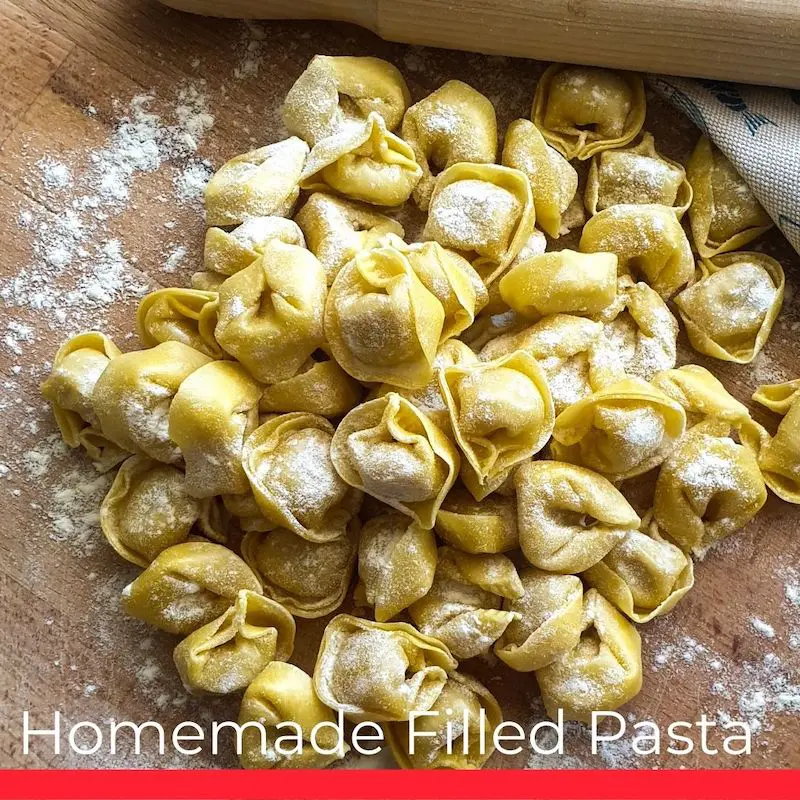
Again, Italian tradition is huge in Uruguay, so it is no surprise that home-made filled pasta, such as tortellini and ravioli, are very popular dishes. Fillings range from beef and vegetables to cheese and ham.
And you can have a plate of tortellini and ravioli with any of the traditional sauces: beef or chicken tuco, Napolitana (tomato or marinara sauce), four-cheese, pesto, tomato, aioli (sautéed in garlic and olive oil), or the very popular Caruso sauce, which is made of cream, ham, mushrooms, and beef stock.
4. Choripan (Chorizo Hot Dog)
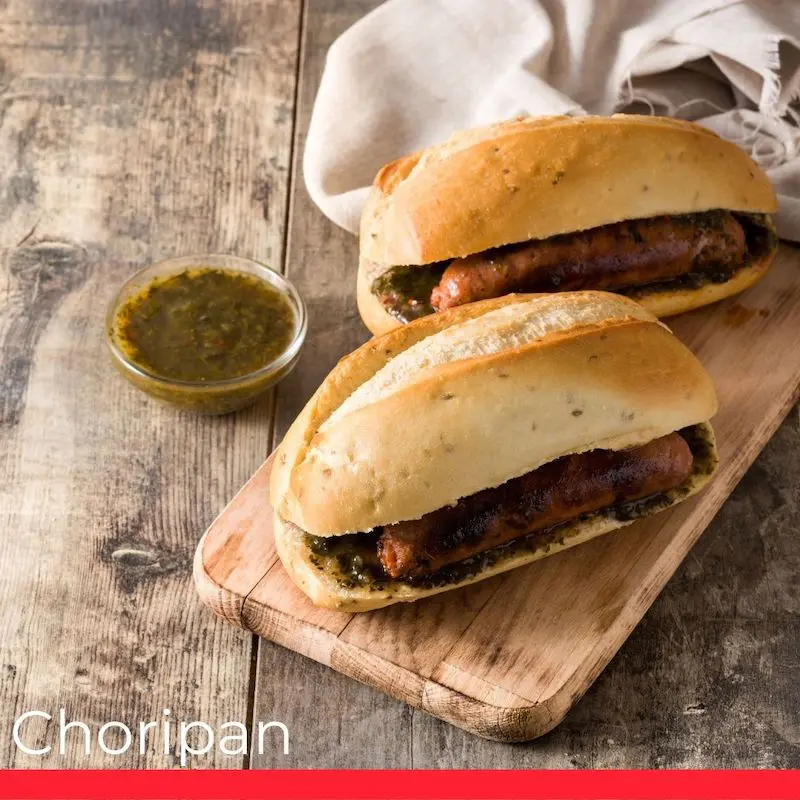
The word choripan is a contraction of chorizo and pan. It literally means chorizo on bread, or chorizo hot dog. Contrary to Mexican or Spanish chorizo, the Uruguayan kind is made of two-thirds beef and only one-third pork, so it tastes different.
In Uruguay, chorizo is not smoked or dried. It is typically cooked slowly on the barbecue, atop wood embers. However, if you like street food, you will find many trucks that cook it on the grill. Either way, it is juicy and delicious. A choripan is a chorizo sliced lengthwise, placed on a hot dog or hamburger bun, and topped with “chimichurri”, a typical Argentinian and Uruguayan sauce made of parsley, oregano, garlic, vinegar, oil, mildly hot peppers, and a bit of salt.
You can also add other sauces and ingredients, but with chimichurri alone, it is absolutely delicious.
5. Chivito (Beef Sandwich)
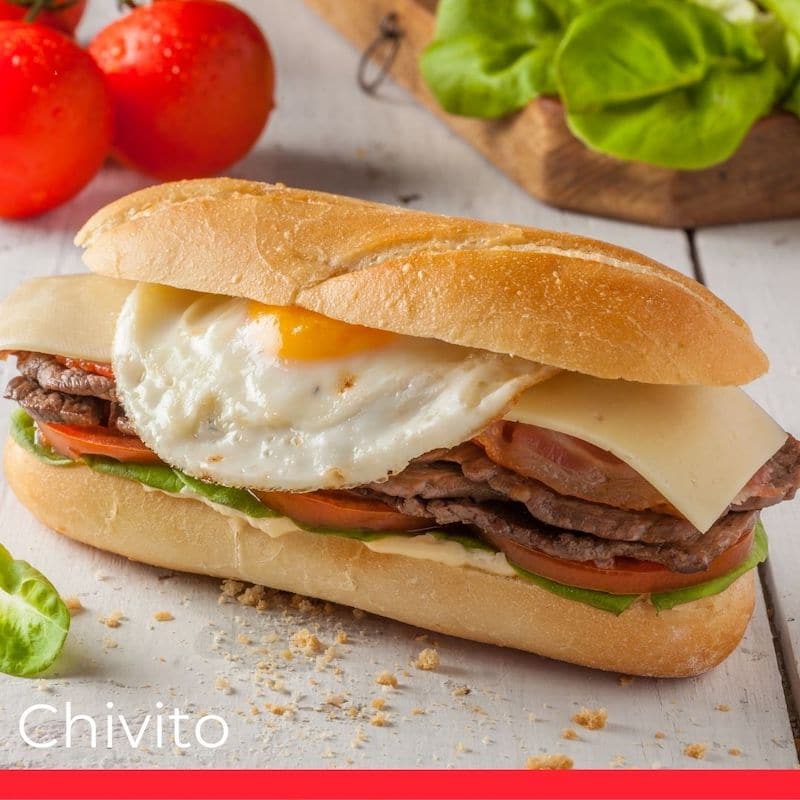
The chivito is a very popular sandwich. Take a large piece of bread and fill it with a boneless cut of grilled beef, lettuce, tomato, mozzarella cheese, ham, and a fried egg. Close. Enjoy! You can use mayonnaise, ketchup, mustard, hot sauce, chimichurri, and other sauces to enhance the flavor as you like.
Also, there are several versions of chivito. You can have it as a sandwich or a platter (without the bread); and you can ask for a Canadian chivito, which includes olives, red peppers, onions, and bacon. A chivito is always accompanied by a mountain of French fries, and Russian salad, which is made of boiled potatoes, carrots, and peas dressed with mayonnaise and mustard.
6. Pizza

You will find Italian pizza in just about any restaurant in Uruguay. You can order it as a main dish, but Uruguayans typically have it as an appetizer, a side dish, a snack, or just to accompany their drinks. Pizza in Uruguay is generally cooked in wood-burning ovens, and it has a rectangular shape to fit the long-handled baker’s paddle.
In Uruguay, you can actually order pizza by the meter! However, remember that ordering pizza will only get you the bread base topped with marinara sauce. If you want any mozzarella cheese on it, make sure to order a muzza – short for mozzarella. You can also have the well-known round pizza pie with any topping: Uruguayans call them pizzetas.
7. Fainá (Chickpea Flour Pie)

Also known as farinata or socca, this simple dish is made out of a dough containing chickpea flour, olive oil, water, salt, and pepper. The dough is placed in the oven like a large pizza until golden.
Uruguayans eat fainá as an appetizer, a side dish, or a snack, along with pizza. Some like to put toppings on it, such as mozzarella cheese, blue cheese, or caramelized onions. It is a good dish to start out any typical Uruguayan meal.
8. Milanesa (Beef or Chicken Cutlet or Schnitzel)

Milanesa is one of Uruguay’s dishes of German influence. While most restaurants give you a choice of beef or chicken cutlet, the typical Uruguayan milanesa is made of beef – preferably veal. This is not surprising, given the large livestock population.
A milanesa is a thinly sliced steak, patted in seasoned egg wash, and breaded in a mix of bread crumbs and parmesan cheese. It can be cooked in the oven, but typically it is deep fried. It is served as a sandwich or on a platter, always with a large side of French Fries and/or Russian salad, and a wedge of lemon.
9. Milanesa Napolitana

A delicious variation of the milanesa is this Napolitan version. It is the Italian version of the German schnitzel. You start with the regular beef milanesa, and then top that with marinara sauce, ham, and a generous portion of mozzarella cheese.
To the oven it goes until the cheese is melted, and then it is served on a platter with Uruguay’s favorite side dishes: a mountain of French fries and Russian salad.
10. Gramajo

It is said that an Argentinian visiting Paris came back to his hotel feeling quite hungry one night. The kitchen was closed, so he broke in and made himself a scramble with the left overs he found.
The dish is made with French fries, fried onions, peas, and diced ham all scrambled with eggs. The result looks a little bit like hash brown. In Montevideo, the first gramajo was prepared in 1960 at Bar Luzon, a restaurant downtown known to this day as the home of the gramajo.
11. Empanadas
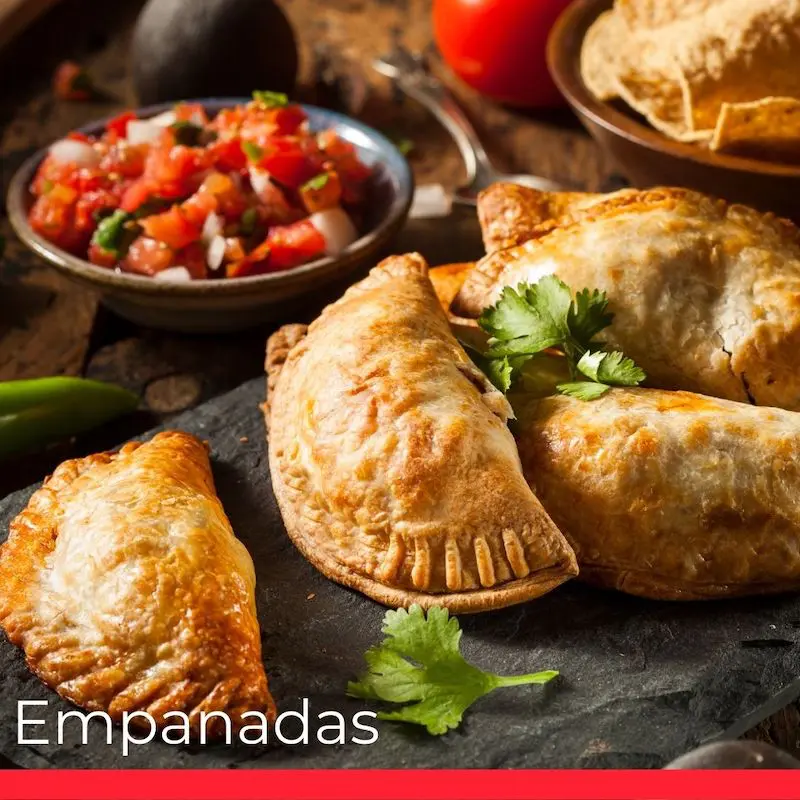
An empanada is a type of turnover made of pastry filled with ingredients. Empanadas are a popular dish throughout South America, but the preparation varies. In Uruguay, the dough is made from wheat flour and they can be fried or oven-baked.
Fillings can be savory, including different types and preparations and combinations of beef, pork, chicken, fish, vegetables, and cheese; or sweet, with chocolate, quince preserve, or dulce de leche. Empanadas are sold in restaurants, at street food trucks, kiosks, and more. They are popular as a quick lunch option, as well as take-out food.
12. Uruguayan Pamplona

An Uruguayan classic created in the 1960s, this is a rolled-up cutlet of beef, chicken, or pork filled with cooked ham, bacon, mozzarella cheese, red peppers, and olives. The Pamplona is rolled up and set with a net, and cooked on the barbecue or baked in the oven.
The Pamplona is then sliced and served on a platter, generally with a side of salad or pasta.
13. Hamburgers and Hot Dogs

Likely part of the British and German influence in Uruguayan gastronomy, hamburgers and hot dogs are a very common dish found in restaurants and cafes, as well as at street food trucks.
In Uruguay, a hot dog is called a pancho. The frankfurter is mainly made of beef, and a common pancho is just the frankfurter on the typical hot dog bun. Most often, the pancho is simply topped with mustard, but other sauces such as mayonnaise and ketchup are available, as well as several pickled toppings such as mushrooms, red peppers, onions, carrots, and more.
You can also have a pancho topped with bacon, ham, and mozzarella cheese. Hamburgers are not much different from the British or American kind. However, burger patties are a bit thinner, and the toppings offered are the same as the hot dogs. A completa is a hamburger that includes ham, bacon, mozzarella cheese, and a fried egg.
12. Olimpico
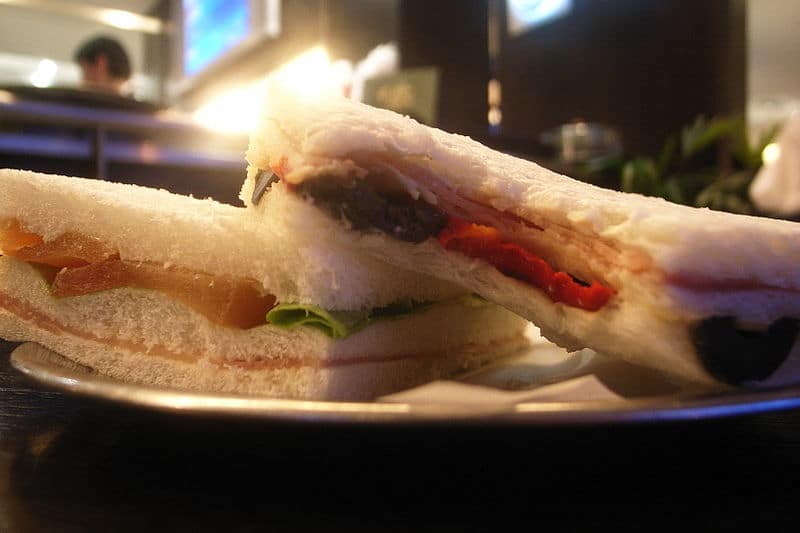
The Olimpico (Olympic) is a sandwich eaten mostly as a quick lunch or part of a typical afternoon snack. It is white, untoasted bread with mayonnaise, sliced ham, boiled eggs, processed cheese, tomato, lettuce, and red peppers.
The Olimpico is eaten cold, and it is a very popular food to take on picnics, to the beach, or to serve at parties.
13. Tartas and Tortas

Uruguayan pies are a very popular lunch options, found typically in bakeries, kiosks, food markets, and restaurants. Tarts are generally savory dishes, made with a thin empanada-like crust and filled with a wide range of ingredients.
Generally, pie fillings are mixed with eggs and cheese to form a sort of quiche inside the crust. Popular fillings are vegetables, ground beef, shredded chicken, tuna fish, and the very famous Pascualina, which is made of spinach and/or swiss chard and boiled eggs.
14. Pulpón al Horno

Pulpón or Vacío is a cut of beef similar to a rump steak, except that it is a larger chunk, as thick as three steaks together. Pulpón is cooked very slowly either on the barbecue or in the oven.
The result is an extremely tender piece of meat, generally served with baked potatoes and sweet potatoes. This dish takes several hours to cook, so you will usually only find it on the specials menu.
15. Dulce de Leche

Dulce de leche (milk caramel) is a confection used in desserts in several Latin American cultures and is one of Uruguay’s most commonly used dessert ingredient. It is made by slowly simmering sweetened milk – or condensed milk – until it becomes golden brown.
Uruguayans use dulce de leche as filling for cakes, pastries, and churros. It is also the filling of alfajores (see number 16 below). It is also eaten as a spread on bread, pancakes, and other breakfast and snack foods.
16. Alfajor

Alfajores are best described as a sandwich cookie. The cookie dough is a soft short-bread, slightly sweet. Once it is baked, a sandwich is made, filled with dulce de leche; then topped with powdered sugar, and lined along the edges with grated coconut. That is a typical alfajor.
However, chocolate dipped alfajores are very popular as well. Many Uruguayans eat alfajores for breakfast, but they are most popular as part of an afternoon snack.
17. Torta Frita

This snack originates from the German Kreppel, and it was brought to the Southern Cone by Spanish and Arabic migrants. Torta frita is a dough made with wheat flour, salt, water, and cow fat. The dough is kneaded to a thickness of 1 centimeter, a hole is poked in the middle, and the patty is deep fried. Once golden, it is covered with sugar and served warm.
Tortas fritas are the perfect comfort snack for Uruguayans, and they typically eat them on rainy days, either with mate or, in winter, with hot chocolate.
18. Pasta Frola

Pasta frola is a variation of the Italian fruit preserve pie. Made with a pie crust, filled most often with quince preserve, and topped with a lattice crust. It is a delicious combination of savory and sweet, and a very popular dessert in Uruguay. You can also find it filled with dulce de leche or sweet potato preserve.
19. Chajá

Chajá is the name of an indigenous Southern Cone bird, from which the dessert got its name because it resembles the pattern of the bird’s abundant feathers. This delicious dessert is one of the few truly original desserts of the country, created in 1927 by Orlando Castellano, a baker from the state of Paysandu.
Chajá is a three-layered cake, filled with merengue, Chantilly, and peaches.
20. Martín Fierro

Simplicity at its best. The Martin Fierro is a savory cheese dessert that perfectly combines the savory, sharp flavor of Colonia or Manchego cheese with the sweetness of Uruguayan quince preserve (dulce de membrillo). Preparation is simply a thick slice of cheese with a slice of quince paste on top. Enjoy!
21. Arroz con Leche
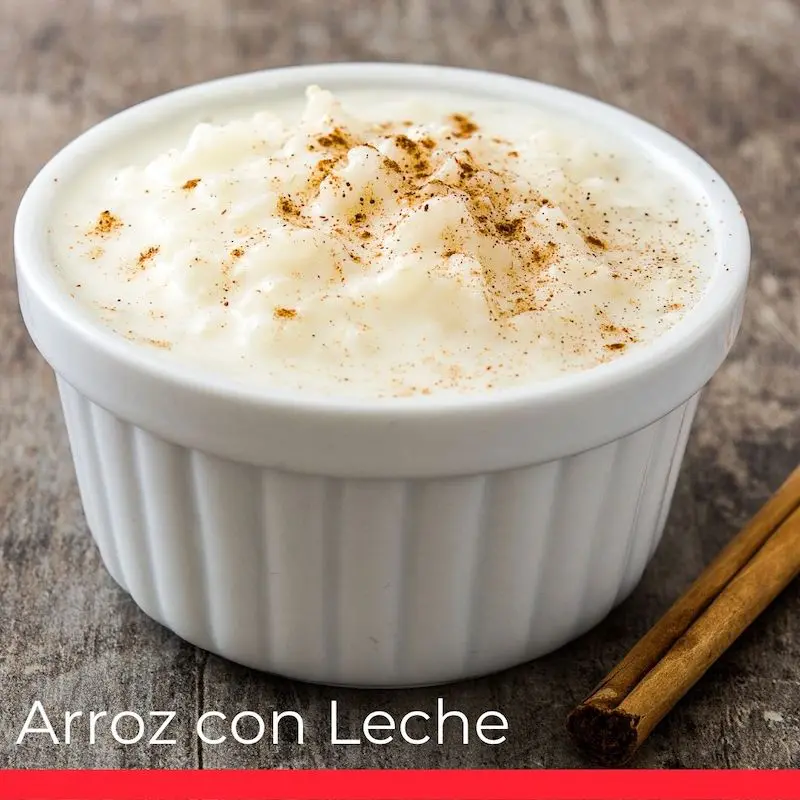
This very popular dessert is thought to have its origins in Asia. From there it was brought to Europe and then to Latin America. It is usually made by slowly cooking rice in milk and sugar, but in Uruguay they add egg yolks to give it a creamier texture.
Once the rice is tender, sprinkle with powdered cinnamon and some grated lime or lemon rind. Arroz con leche can be served warm or cold.
22. Bizcochos
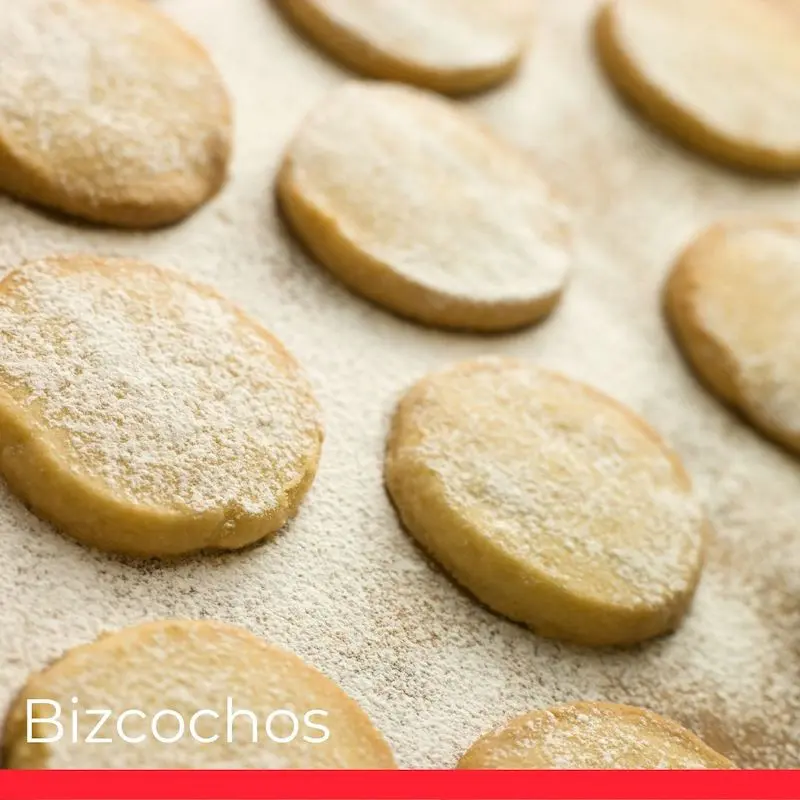
Bizcochos are nothing other than small pastries, both savory and sweet. There are many kinds. Among the most popular are miniature croissants, which can be savory, covered with sugar, or filled with preserves, chocolate, or dulce de leche.
There are also savory pastries filled with ham, cheese, bacon, salami, and other cold meats. Then there is the pan con grasa, which is a small bread roll made with pork fat. Bizcochos are typical for breakfast or afternoon snacks.
23. Churros Rellenos

Churros are said to come from China, of all places, and to have been brought to Europe by the Portuguese back in the 16th century. They became known in Latin American during colonial times.
A soft dough made of wheat flour, water, and oil is deep fried in the form of long sticks, and once golden they are served with sugar on top. Uruguayans take the simple churro to the next level by creating larger, thicker sticks, which are then filled with dulce de leche or chocolate sauce.
24. Tannat Wine

The tannat grape is considered national heritage, and Uruguayan wineries have been granted many awards for making tannat wines. The grape was brought to the country from Europe in the 19th century by Spanish, German, Italian, Swiss, and French migrants and first planted in the city of Salto.
The climate in Uruguay is very favorable to this grape, and most Uruguayan wines are made of a combination of the tannat grape with other softer grapes, such as the merlot.
25. Mate

It is impossible to leave the mate leaf out of this list of top Uruguayan foods. Mate is easily more popular in Uruguay than any other place in the world, even Argentina. The yerba is a type of tea known to be a very mild stimulant. Uruguayans are famous for carrying their mate thermos everywhere, throughout the country and abroad.
The preparation of the infusion is not without its rituals. Water is boiled, and stored in a thermos. Yerba is packed into the mate – which is actually the cup you drink the infusion from – and a hole is made on one side. Never pour the boiling hot water directly onto the yerba!
The yerba should first be mixed with room-temperature water to avoid burning the dried leaves. After a while, the water in the thermos reaches the ideal temperature and can be poured.
Mate has a deeply bitter flavor, which makes this drink most definitely an acquired taste. The charm of the drink is not in its flavor, but in the context: it is a social event. It is something you enjoy with friends sitting on the beach at sunset. It is an indication that you are accepted in a group, because sharing a mate is a sign that you now belong.
Considered the most Uruguayan of all desserts, chajá was created in 1927 by a teahouse owner in Paysandú, a town west of Montevideo. Composed of sponge cake, meringue chips, cream and peaches, the original recipe remains secret. Many restaurants offer chajá wrapped in its distinctive white waxed paper wrapper from the Paysandú factory.

Fried cake
Every cold, rainy, or overcast afternoon, stalls selling mushroom tortas fritas magically round every corner. It’s the ultimate comfort food street food. The dough, which is like doughnuts, is rolled into an approximately 8-inch disc and fried until puffy. You can buy it as is or ask for it to be sprinkled with sugar.
Photo credits: Ernesto Pasini , Karen A. Hig
Did you like this article? Do not hesitate to share it on social networks and subscribe to Discover the World on Google News to not miss any articles!